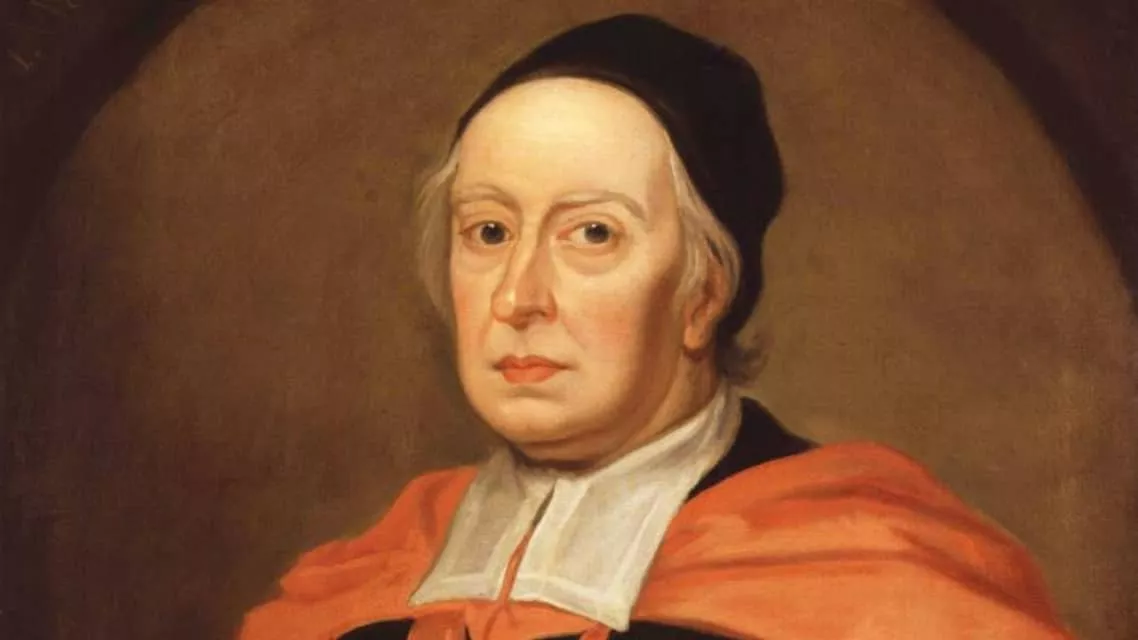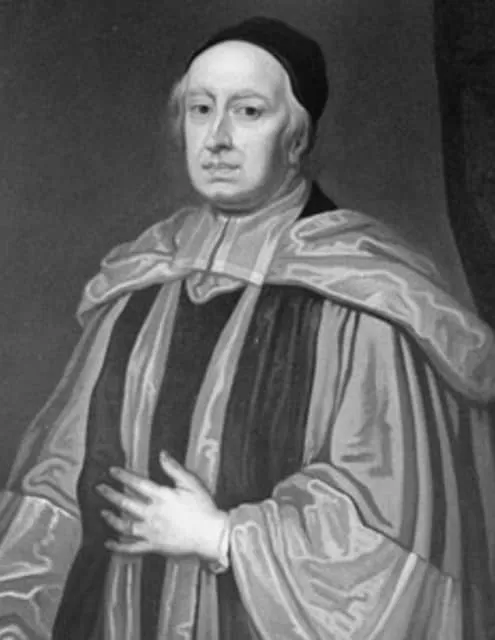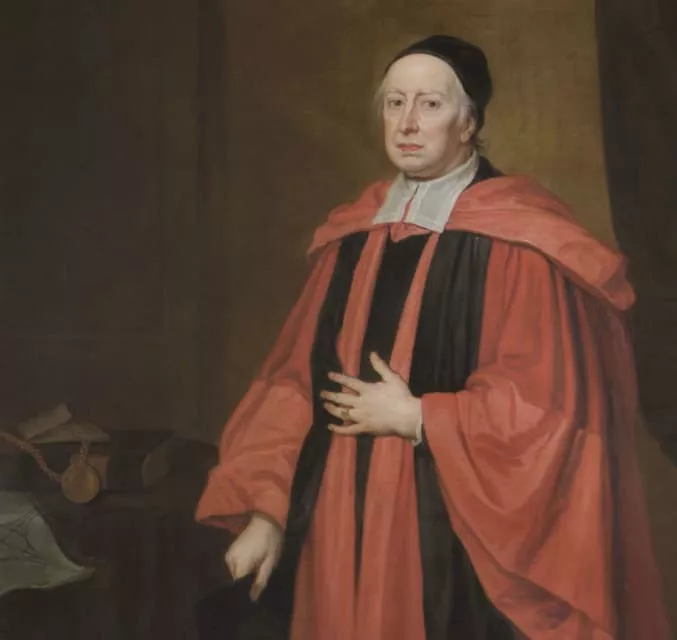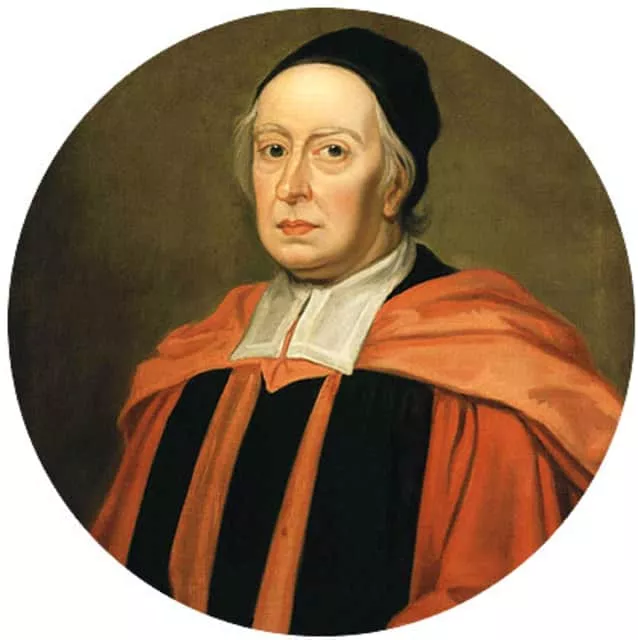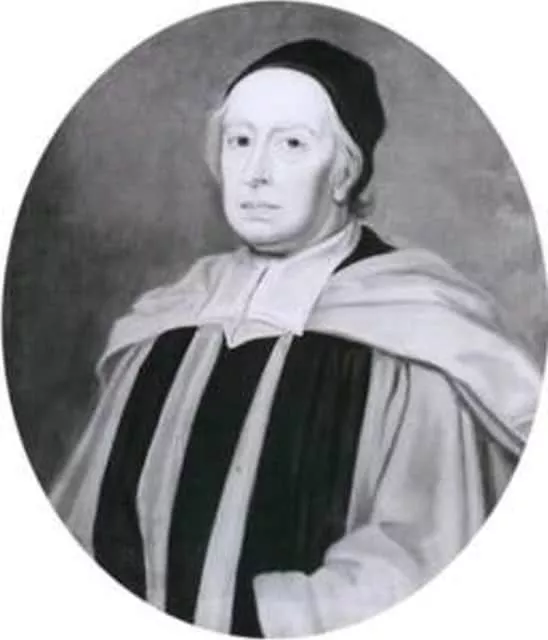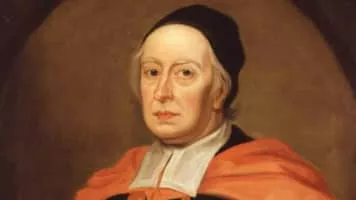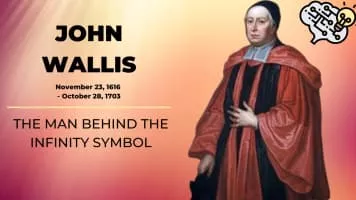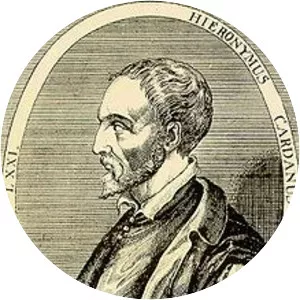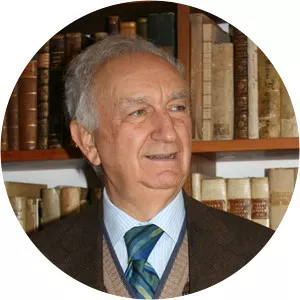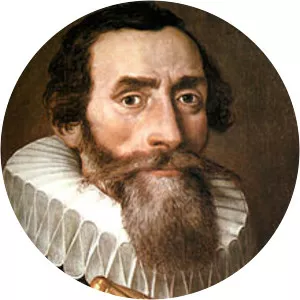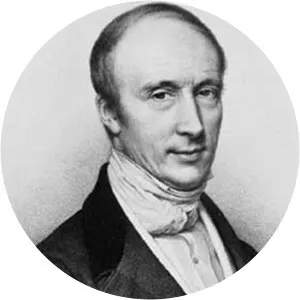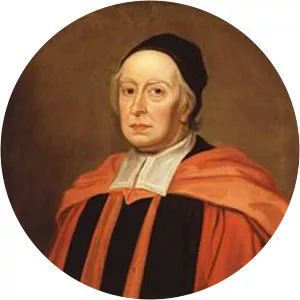
John Wallis
| Use attributes for filter ! | |
| Gender | Male |
|---|---|
| Death | 321 years ago |
| Date of birth | November 23,1616 |
| Zodiac sign | Sagittarius |
| Born | Ashford |
| United Kingdom | |
| Date of died | October 28,1703 |
| Died | Oxford |
| United Kingdom | |
| Spouse | Susanna Glynde |
| Children | Anne Blencowe |
| Elizabeth Wallis | |
| Anne Wallis | |
| Beatrice (?) | |
| Job | Mathematician |
| Education | University of Cambridge |
| Emmanuel College, University of Cambridge | |
| Felsted School | |
| Grandchildren | William Blencowe |
| Philip Cokayne | |
| John Cokayne, of Cokayne Hatley | |
| Parents | Rev. John Wallis |
| Joanna Chapman | |
| Date of Reg. | |
| Date of Upd. | |
| ID | 509902 |
The Arithmetic of Infinitesimals
Grammar of the English Language: with an Introductory Grammatico-physical Treatise on Speech, Or on the Formation of All Speech Sounds
Recovering from a Position of Ignorance
The Cornwall Register: Containing Collections Relative to the Past and Present State of the 209 Parishes, Forming the County, Archdeaconry, Parliamentary Divisions and Poor Law Unions of Cornwall, to Which Is Added, a Brief View of the Adjoining Towns An
Three Sermons Concerning the Sacred Trinity
Teaching Language to a Boy Born Deaf: The Popham Notebook and Associated Texts
With God's Blessing and a Green Beret
The Doctrine of Permutations and Combinations: Being an Essential and Fundamental Part of the Doctrine of Chances; As It Is Delivered by Mr. James Bernoulli, in His Excellent Treatise on the Doctrine of Chances, Intitled, Ars Conjectandi, and by the Celeb
The Natural History and Antiquities of Northumberland: And of So Much of the County of Durham As Lies Between the Rivers Tyne and Tweed; Commonly Called, North Bishoprick. in Two Volumes. by John Wallis, . . . of 2; Volume 2
The Doctrine of the Blessed Trinity Briefly Explained, in a Letter to a Friend
Correspondence of John Wallis (1616-1703)
A New Method of Making Common-place-books
The Natural History and Antiquities of Northumberland and So Much of the County of Durham As Lies Between the Rivers Tyne and Tweed; Commonly Called North Bishoprick Volume 1
Eight Letters Concerning the Blessed Trinity - Scholar's Choice Edition
Entering the Fray: Perceptions of Educators in Training in the Post-compulsory Sector : a Research Paper
Grammar of the English Language: with an Introductory Grammatico-physical Treatise on Speech, Or on the Formation of All Speech Sounds
Recovering from a Position of Ignorance
The Cornwall Register: Containing Collections Relative to the Past and Present State of the 209 Parishes, Forming the County, Archdeaconry, Parliamentary Divisions and Poor Law Unions of Cornwall, to Which Is Added, a Brief View of the Adjoining Towns An
Three Sermons Concerning the Sacred Trinity
Teaching Language to a Boy Born Deaf: The Popham Notebook and Associated Texts
With God's Blessing and a Green Beret
The Doctrine of Permutations and Combinations: Being an Essential and Fundamental Part of the Doctrine of Chances; As It Is Delivered by Mr. James Bernoulli, in His Excellent Treatise on the Doctrine of Chances, Intitled, Ars Conjectandi, and by the Celeb
The Natural History and Antiquities of Northumberland: And of So Much of the County of Durham As Lies Between the Rivers Tyne and Tweed; Commonly Called, North Bishoprick. in Two Volumes. by John Wallis, . . . of 2; Volume 2
The Doctrine of the Blessed Trinity Briefly Explained, in a Letter to a Friend
Correspondence of John Wallis (1616-1703)
A New Method of Making Common-place-books
The Natural History and Antiquities of Northumberland and So Much of the County of Durham As Lies Between the Rivers Tyne and Tweed; Commonly Called North Bishoprick Volume 1
Eight Letters Concerning the Blessed Trinity - Scholar's Choice Edition
Entering the Fray: Perceptions of Educators in Training in the Post-compulsory Sector : a Research Paper
John Wallis Life story
John Wallis was an English clergyman and mathematician who is given partial credit for the development of infinitesimal calculus. Between 1643 and 1689 he served as chief cryptographer for Parliament and, later, the royal court. He is credited with introducing the symbol ∞ to represent the concept of infinity.
